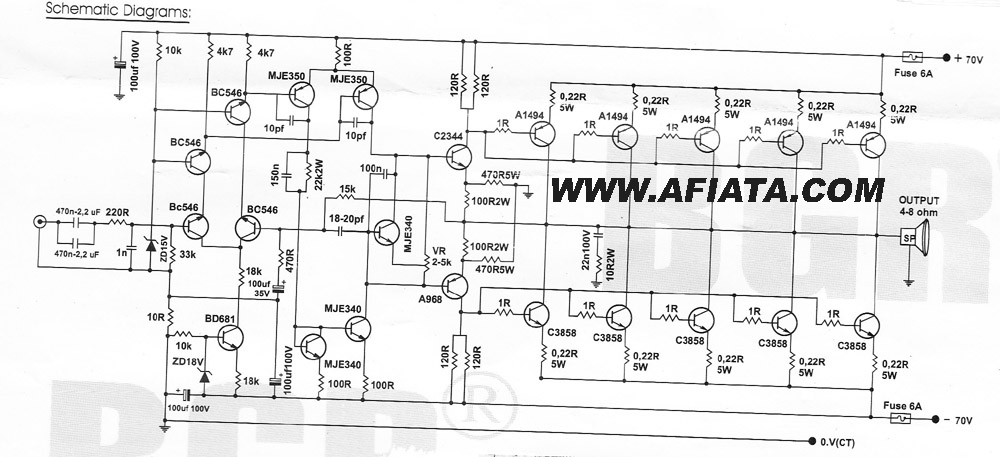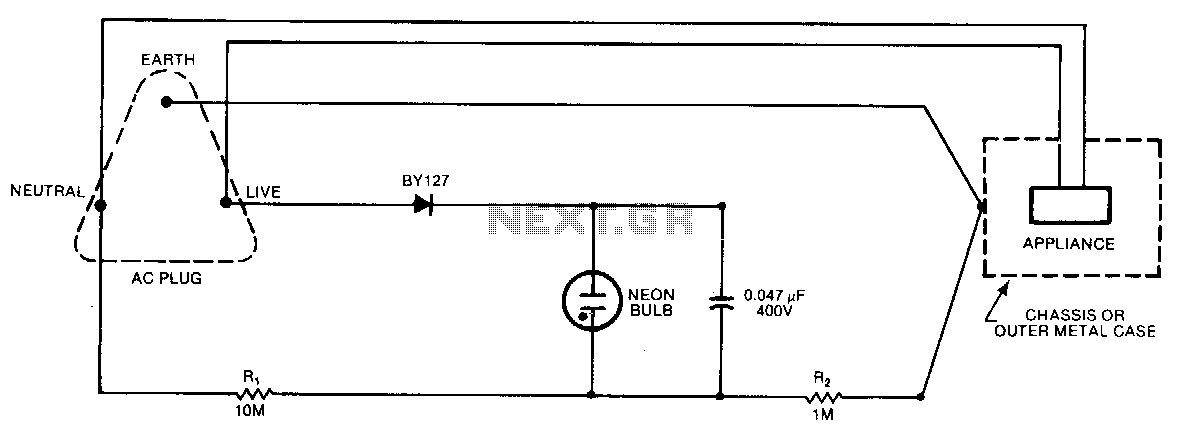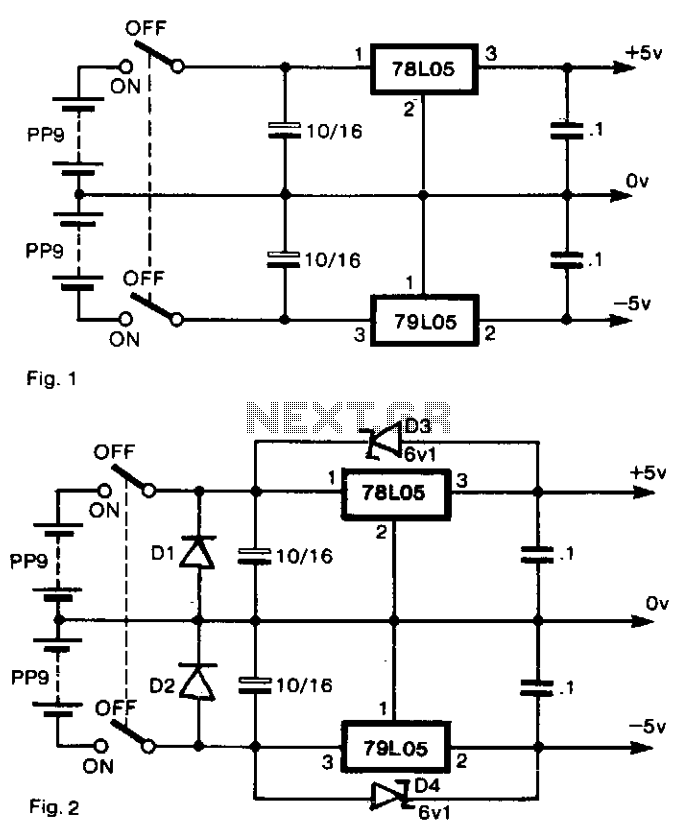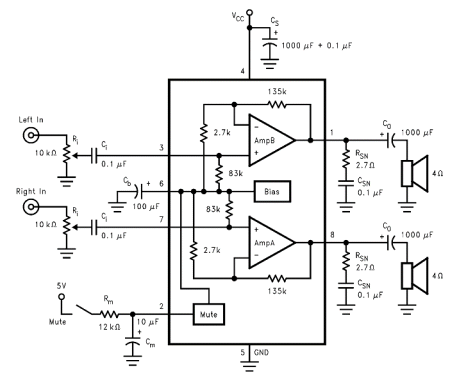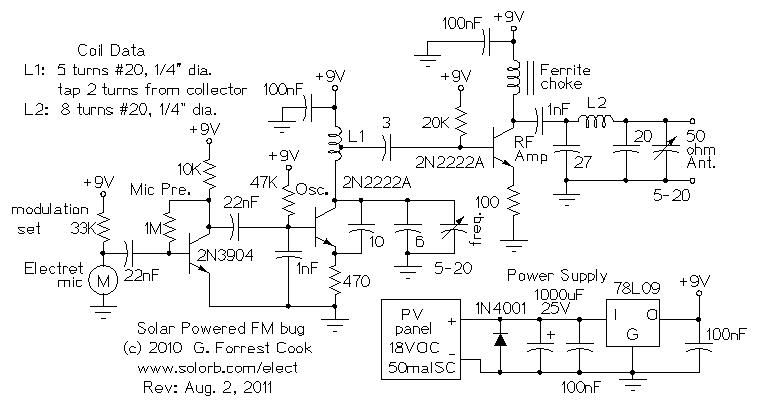
0.7 - 24V /2A Power Supply
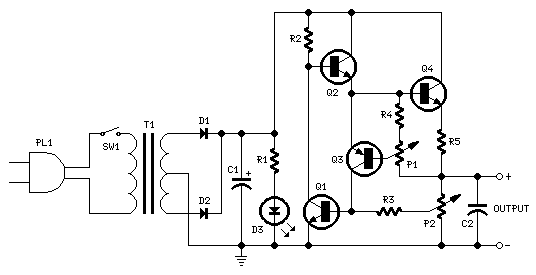
A Variable DC Power Supply is one of the most useful tools on the electronics hobbyist's workbench. This circuit is not an absolute novelty, but it is simple, reliable, rugged, and short-proof, featuring variable voltage up to 24V and variable current limiting up to 2A. Well suited to supply the circuits shown in this website. You can adapt it to your own requirements as explained in the notes below. More: P1 sets the maximum output current you want to be delivered by the power supply at a given output voltage. P2 sets the output voltage and must be a logarithmic taper type, in order to obtain a more linear scale voltage indication.
The Variable DC Power Supply circuit is designed to provide a versatile and adjustable power source for various electronic projects. The circuit typically includes a transformer, rectifier, filter capacitor, voltage regulator, and control potentiometers.
The transformer steps down the AC voltage from the mains supply to a lower AC voltage suitable for the intended output. The rectifier, usually a bridge rectifier configuration, converts the AC voltage to pulsating DC. Following this, a filter capacitor smooths the pulsating DC to provide a more stable voltage output.
The voltage regulation is achieved using a linear voltage regulator, which can be adjusted to output a variable voltage up to 24V. This regulator is crucial for maintaining a consistent voltage level despite variations in load or input voltage.
Potentiometer P1 is used to set the maximum output current limit, providing protection against overcurrent conditions that could damage connected components. This feature is particularly useful in experimental setups where the load may not be well-defined.
Potentiometer P2 adjusts the output voltage. It is recommended to use a logarithmic taper type for P2, as this allows for a more linear response in voltage adjustment, making it easier to set precise voltage levels.
Overall, the design of the Variable DC Power Supply emphasizes reliability and adaptability, making it an essential tool for hobbyists and professionals alike. The circuit can be modified to suit specific needs, whether by changing component values or adding additional features such as digital displays or remote control capabilities.A Variable DC Power Supply is one of the most useful tools on the electronics hobbyist`s workbench. This circuit is not an absolute novelty, but it is simple, reliable, "rugged" and short-proof, featuring variable voltage up to 24V and variable current limiting up to 2A. Well suited to supply the circuits shown in this website. You can adapt it to your own requirements as explained in the notes below. # P1 sets the maximum output current you want to be delivered by the power supply at a given output voltage. # P2 sets the output voltage and must be a logarithmic taper type, in order to obtain a more linear scale voltage indication.
# You can choose t 🔗 External reference
The Variable DC Power Supply circuit is designed to provide a versatile and adjustable power source for various electronic projects. The circuit typically includes a transformer, rectifier, filter capacitor, voltage regulator, and control potentiometers.
The transformer steps down the AC voltage from the mains supply to a lower AC voltage suitable for the intended output. The rectifier, usually a bridge rectifier configuration, converts the AC voltage to pulsating DC. Following this, a filter capacitor smooths the pulsating DC to provide a more stable voltage output.
The voltage regulation is achieved using a linear voltage regulator, which can be adjusted to output a variable voltage up to 24V. This regulator is crucial for maintaining a consistent voltage level despite variations in load or input voltage.
Potentiometer P1 is used to set the maximum output current limit, providing protection against overcurrent conditions that could damage connected components. This feature is particularly useful in experimental setups where the load may not be well-defined.
Potentiometer P2 adjusts the output voltage. It is recommended to use a logarithmic taper type for P2, as this allows for a more linear response in voltage adjustment, making it easier to set precise voltage levels.
Overall, the design of the Variable DC Power Supply emphasizes reliability and adaptability, making it an essential tool for hobbyists and professionals alike. The circuit can be modified to suit specific needs, whether by changing component values or adding additional features such as digital displays or remote control capabilities.A Variable DC Power Supply is one of the most useful tools on the electronics hobbyist`s workbench. This circuit is not an absolute novelty, but it is simple, reliable, "rugged" and short-proof, featuring variable voltage up to 24V and variable current limiting up to 2A. Well suited to supply the circuits shown in this website. You can adapt it to your own requirements as explained in the notes below. # P1 sets the maximum output current you want to be delivered by the power supply at a given output voltage. # P2 sets the output voltage and must be a logarithmic taper type, in order to obtain a more linear scale voltage indication.
# You can choose t 🔗 External reference
